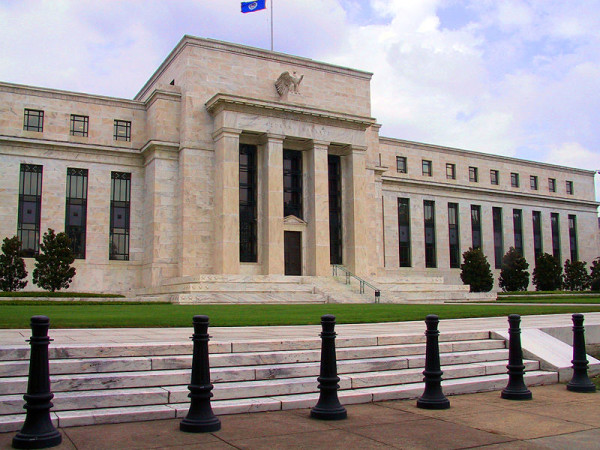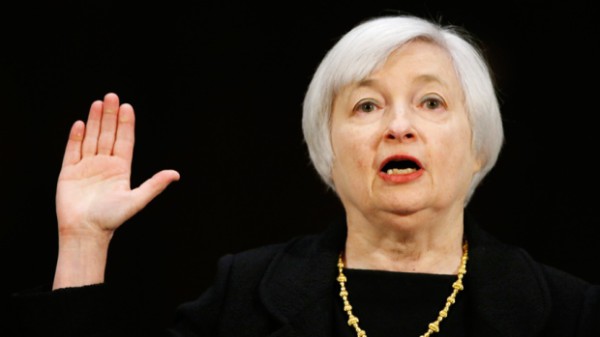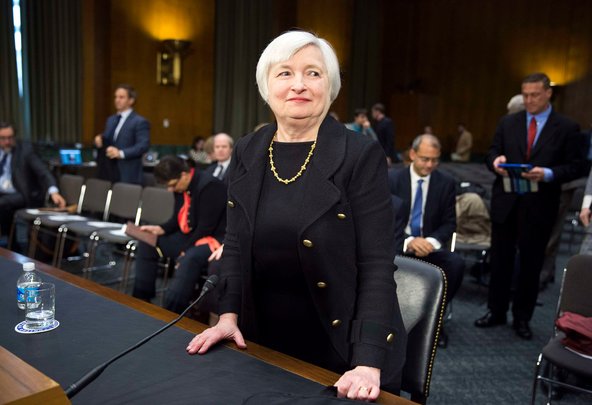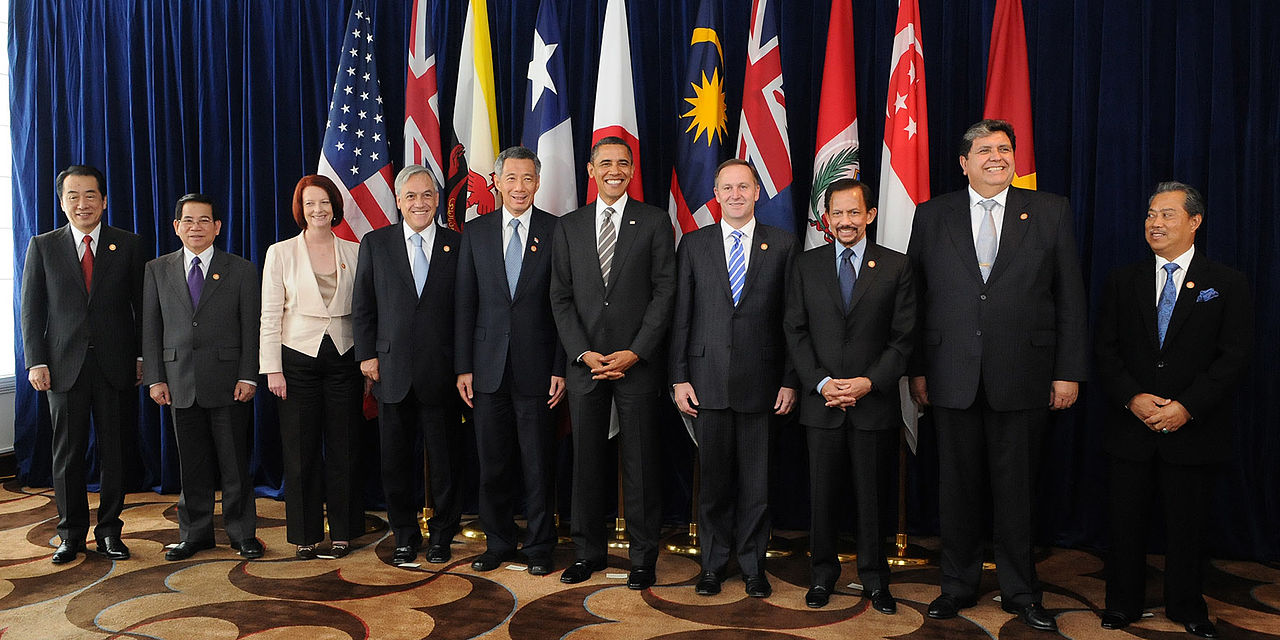The US Federal Reserve is currently undergoing a series of significant changes. Some believe that these changes mark the beginning of a new economic era. After engaging in unprecedented expansionary monetary policy over the last five years, the Federal Reserve has begun the process of reducing quantitative easing (the process of buying back bonds to inject money into the economy). More importantly, Ben Bernanke was replaced by Janet Yellen on February 1st as Chair of the Federal Reserve. Known for her idiosyncratic views on the Federal Reserve’s role in reducing unemployment, Yellen is expected to bring a new perspective to the Federal Reserve, but she will face difficult challenges in her new position.
Yellen’s promotion comes at a crucial time as the Federal Reserve begins to reduce quantitative easing, a policy that began under Bernanke’s leadership.
Prior to entering public service, Ben Bernanke was a tenured economics professor at Princeton University, known for his work on the Great Depression. His eight year tenure as the Chairman of the Federal Reserve began under the Bush administration. During the 2008 recession, Bernanke turned the Federal Reserve into a last resort lender which stabilized the financial market. Under his leadership, the Federal Reserve engaged in quantitative easing in order to reduce interest rates and stimulate the economy.

The Chair and Vice Chair of the Federal Reserve are nominated by the President and confirmed in the Senate for four year terms. According to insiders, Bernanke was unwilling to take on another term as Chair, prompting Obama to nominate a replacement in October 2013 as Bernanke neared the end of his appointment. Yellen was the Vice Chair of the Federal Reserve prior to her promotion. Having been confirmed by the Senate in early January, Yellen is the first woman to be offered the position.
Many believe that Yellen’s strongest assets are her extensive experience in the Federal Reserve and her prowess as an economist. After receiving a doctorate from Yale, Yellen taught at several prestigious academic institutions including Harvard and Berkeley. She entered the public service during the Clinton administration and has worked in the central bank for over twenty years. In 2004 while serving as President of the Federal Reserve Bank of San Francisco, Yellen predicted the housing bubble which led to the 2008 recession. Her colleagues often praise her leadership skills and she is known for having an open mind and a willingness to understand the opinions of those who disagree with her.

Yellen’s promotion comes at a crucial time as the Federal Reserve begins to reduce quantitative easing, a policy that began under Bernanke’s leadership. Bernanke’s decision to reduce the program of monthly bond purchases from 85 billion dollars to 75 billion dollars has been favorably received by the financial markets. In contrast to June 2013 when the mere suggestion of a possible reduction of quantitative easing scared the financial market into increasing interest rates, the US economy appears to be stable despite the current taper. It is clear that the US economy has grown more robust in the past year and many experts believe that the Federal Reserve will end quantitative easing by 2015.
As Chair of the Federal Reserve, Yellen’s most important responsibility is to guide quantitative easing to an end while still stimulating the economy. The Federal Reserve walks a fine line between engaging in too much expansionary monetary policy and too little. In the case of the former, a large increase in the money supply will cause an increase in price levels and lead to inflation.. Should this occur, the Federal Reserve will have to engage in monetary contraction policies which will have large short-term effects on employment and economic growth.
An overly rapid tapering of quantitative easing can increase interest rates, reduce economic growth, and even send the market back into a recession. To complicate matters, actions of the Federal Reserve influence economies in other countries which will in turn impact the American economy. An increase in interest rates can cause capital inflow which will damage the economies of developing countries. This in turn can reduce the demand for American goods. In the modern era of globalization, the Federal Reserve has a more complicated job than ever before.
Many experts believe that Yellen’s approach will not be radically different from that of her predecessor. Yellen has generally supported Bernanke’s philosophy that the rate of monetary expansion depends on the data. However, her evaluation of the data can be different. For example, the 2008 recession has created changes to consumer confidence, labor market structure and other economic variables, which means that there can be different interpretations of the full rate of employment. Given that Yellen’s understanding of the full rate of employment will influence the rate at which quantitative easing is reduced, her actions as may differ from that of her predecessor. Although the economy is stable at the moment, Yellen must rely on her experience and wisdom to guide the US economy.




